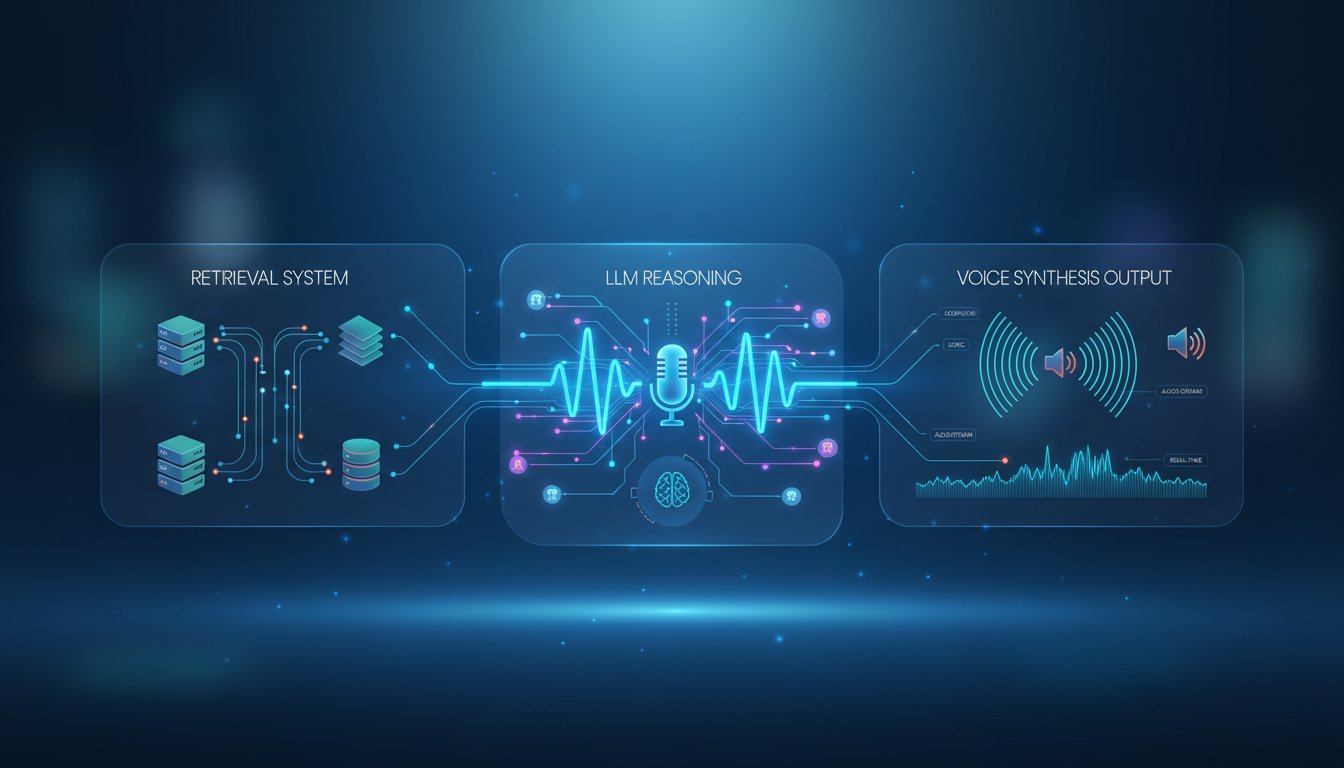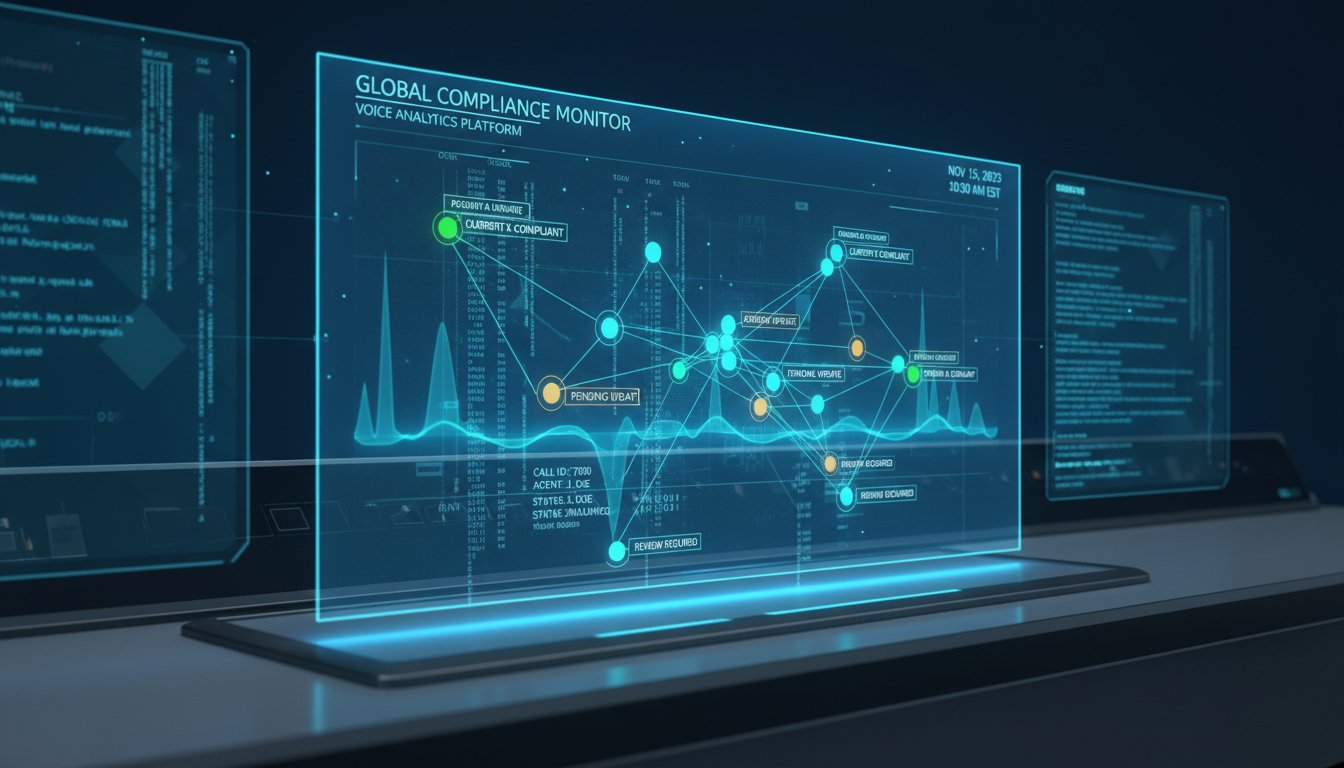Enterprise AI teams are facing a critical challenge: their RAG systems can only process text documents, leaving valuable insights trapped in images, charts, PDFs with complex layouts, and visual data that make up over 60% of enterprise content. While traditional RAG implementations excel at retrieving and generating responses from text-based documents, they hit a wall when confronted with the multi-modal reality of modern business data.
The solution lies in Anthropic’s Claude 3.5 Sonnet, which has revolutionized multi-modal document processing with its advanced vision capabilities and 200K context window. This breakthrough enables enterprises to build RAG systems that can seamlessly process text, images, charts, diagrams, and complex PDF layouts within a single unified pipeline. Unlike previous approaches that required separate processing chains for different data types, Claude 3.5 Sonnet can understand visual context, extract information from charts and graphs, and maintain coherent reasoning across mixed media formats.
In this comprehensive guide, you’ll learn how to architect and implement a production-ready multi-modal RAG system using Claude 3.5 Sonnet. We’ll cover everything from document preprocessing and embedding strategies to advanced retrieval techniques and response generation that maintains context across different media types. By the end, you’ll have a robust framework for processing your organization’s diverse content portfolio with enterprise-grade performance and reliability.
Understanding Multi-Modal RAG Architecture with Claude 3.5 Sonnet
Multi-modal RAG systems represent a fundamental shift from traditional text-only retrieval architectures. While conventional RAG implementations follow a straightforward pattern of text chunking, embedding generation, and similarity search, multi-modal systems must orchestrate complex workflows that can handle diverse data types while maintaining semantic coherence.
Claude 3.5 Sonnet’s architecture provides several key advantages for multi-modal RAG implementation. Its vision capabilities can process images up to 8,000 x 8,000 pixels, making it suitable for high-resolution documents, technical diagrams, and complex charts. The model’s 200K context window enables processing of entire documents without aggressive chunking, preserving important cross-references and relationships that are often lost in traditional RAG approaches.
The core architecture consists of four primary components: a multi-modal document processor that can handle various file formats, an intelligent chunking system that preserves visual-textual relationships, a hybrid embedding strategy that captures both semantic and visual features, and a retrieval engine that can reason across different modalities during query processing.
Document Processing Pipeline
The document processing pipeline begins with format detection and routing. PDFs require special handling to preserve layout information and identify embedded images, charts, and tables. Using libraries like PyMuPDF or pdfplumber, the system extracts both text content and visual elements while maintaining their spatial relationships.
For image-heavy documents, the pipeline implements intelligent segmentation that identifies distinct visual regions. Claude 3.5 Sonnet can analyze these regions to determine whether they contain charts, diagrams, photographs, or text, enabling appropriate processing strategies for each content type.
The preprocessing stage also includes quality enhancement for scanned documents or low-resolution images. This step is crucial for maintaining accuracy in downstream processing, as Claude’s vision capabilities perform optimally with clear, well-formatted visual inputs.
Implementing Advanced Chunking Strategies for Multi-Modal Content
Traditional text-based chunking strategies fail catastrophically with multi-modal content because they disrupt the semantic relationships between visual and textual elements. A chart referenced in surrounding text becomes meaningless when separated from its context, and technical diagrams lose their explanatory power when divorced from their accompanying descriptions.
The solution involves implementing context-aware chunking that preserves multi-modal relationships. This approach identifies logical document sections that contain both visual and textual elements, treating them as atomic units that cannot be separated during the chunking process.
Semantic Boundary Detection
The chunking algorithm begins by analyzing document structure to identify semantic boundaries. Using Claude 3.5 Sonnet’s reasoning capabilities, the system can identify section headers, figure captions, table references, and other structural elements that indicate logical divisions within the document.
For technical documents, the algorithm pays special attention to figure and table references in the text. When it encounters phrases like “as shown in Figure 3” or “refer to the chart below,” it ensures that the referenced visual element remains within the same chunk as the referring text.
The system also implements adaptive chunk sizing based on content complexity. Dense technical sections with multiple cross-references may require larger chunks to maintain coherence, while straightforward textual content can be processed with standard chunking strategies.
Visual Element Integration
Each chunk that contains visual elements undergoes additional processing to create comprehensive metadata. Claude 3.5 Sonnet analyzes images to generate detailed descriptions that capture not just what’s visible, but the semantic meaning and relationships within the visual content.
For charts and graphs, the system extracts key data points, trends, and insights that might be queried later. Technical diagrams receive detailed breakdowns of components, processes, and relationships. This metadata becomes part of the chunk’s searchable content, enabling retrieval based on visual concepts even when queries use different terminology.
Building Hybrid Embedding and Retrieval Systems
Multi-modal RAG requires sophisticated embedding strategies that can capture semantic relationships across different content types. The challenge lies in creating a unified vector space where textual concepts, visual elements, and their relationships can be effectively compared and retrieved.
The hybrid approach combines traditional text embeddings with vision-language embeddings that capture multi-modal relationships. For text-only content, the system uses established embedding models like OpenAI’s text-embedding-ada-002 or Cohere’s embed-v3. For content containing visual elements, it generates composite embeddings that represent both textual and visual information.
Multi-Modal Embedding Generation
The embedding generation process varies based on content type and complexity. For chunks containing only text, the system follows standard embedding procedures. For chunks with visual elements, it creates comprehensive text descriptions using Claude 3.5 Sonnet’s vision capabilities, then generates embeddings from both the original text and the visual descriptions.
The system also implements relationship embeddings that capture connections between different chunks. When a text section references a figure in another chunk, it creates explicit relationship vectors that help the retrieval system understand these cross-references during query processing.
For complex documents with multiple visual elements, the system generates hierarchical embeddings at different granularity levels. This enables both broad conceptual queries and specific detail-oriented searches within the same retrieval framework.
Advanced Retrieval Strategies
The retrieval engine implements multiple search strategies that can be combined based on query characteristics. Semantic search handles conceptual queries that might span multiple modalities, while exact match search targets specific data points or technical specifications.
The system also includes visual similarity search for queries that involve finding similar charts, diagrams, or visual patterns across the document corpus. This capability proves invaluable for technical documentation where users need to find similar processes, system architectures, or data visualizations.
Production Implementation with Enterprise Integration
Building a production-ready multi-modal RAG system requires careful attention to scalability, performance, and integration with existing enterprise systems. The implementation must handle high-volume document processing while maintaining response times suitable for interactive applications.
The production architecture typically involves containerized microservices that can scale independently based on processing demands. Document ingestion services handle the multi-modal processing pipeline, while retrieval services manage query processing and response generation. This separation enables optimized resource allocation and better system monitoring.
Scalability and Performance Optimization
Document processing represents the most resource-intensive component of the system, particularly for large PDF files with numerous high-resolution images. The implementation uses asynchronous processing queues that can distribute work across multiple processing nodes, with intelligent load balancing based on document complexity and size.
Caching strategies play a crucial role in system performance. Processed document chunks, embeddings, and Claude 3.5 Sonnet responses are cached using Redis or similar systems to avoid redundant processing. The caching layer also includes intelligent invalidation strategies that update cached content when source documents change.
The system implements progressive loading for large documents, processing and indexing content in stages while making already-processed sections available for querying. This approach significantly reduces time-to-availability for large document collections.
Integration Patterns and APIs
Enterprise integration requires robust APIs that can handle various use cases and integration patterns. The system provides RESTful APIs for document ingestion, query processing, and system management, with comprehensive documentation and SDKs for common programming languages.
The API design includes support for batch operations, streaming responses for large queries, and webhook integrations for asynchronous processing workflows. Authentication and authorization mechanisms ensure secure access while supporting enterprise identity management systems.
For organizations using existing search infrastructure, the system provides integration adapters for platforms like Elasticsearch, Solr, and enterprise search solutions. These adapters enable gradual migration strategies and hybrid deployments that can leverage existing investments.
Advanced Query Processing and Response Generation
The query processing engine represents the culmination of the multi-modal RAG system, where retrieved content from various modalities gets synthesized into coherent, accurate responses. Claude 3.5 Sonnet’s advanced reasoning capabilities enable sophisticated query understanding that can identify when visual information is needed to answer questions completely.
The system implements query analysis that categorizes incoming questions based on their information requirements. Simple factual queries might only need textual content, while analytical questions about trends or patterns often require access to charts and visualizations. Technical troubleshooting queries frequently need both textual procedures and visual diagrams.
Context Assembly and Response Generation
Once relevant chunks are retrieved, the system assembles a comprehensive context that includes both textual content and visual elements. For visual content, this involves providing Claude 3.5 Sonnet with the actual images alongside their textual descriptions and metadata.
The response generation process includes explicit reasoning about multi-modal relationships. When answering questions about charts or diagrams, Claude can reference specific visual elements while explaining their significance. This capability enables responses that would be impossible with text-only RAG systems.
The system also implements response validation that checks for consistency between textual claims and visual evidence. If a response makes statements about data trends, the validation process ensures these claims align with the actual charts and graphs in the retrieved content.
Quality Assurance and Monitoring
Production multi-modal RAG systems require comprehensive monitoring that tracks both technical performance metrics and response quality indicators. The monitoring framework includes metrics for document processing throughput, embedding generation performance, retrieval accuracy, and response generation latency.
Quality monitoring involves automated checks for response coherence, factual accuracy, and proper citation of visual sources. The system tracks which types of queries perform well and which might require additional training data or architectural improvements.
User feedback mechanisms enable continuous improvement of the system’s performance. The feedback loop includes both explicit user ratings and implicit signals like query reformulations and follow-up questions that indicate response quality.
Building multi-modal RAG systems with Claude 3.5 Sonnet represents a significant advancement in enterprise AI capabilities, enabling organizations to unlock insights from their complete content portfolios rather than just text-based documents. The implementation requires careful architectural planning and attention to the unique challenges of multi-modal content processing, but the results deliver unprecedented query capabilities that can transform how teams access and utilize organizational knowledge.
Ready to implement multi-modal RAG in your organization? Start by auditing your current document portfolio to identify the mix of content types you need to support, then begin with a pilot implementation focusing on your most critical use cases. The investment in proper multi-modal architecture will pay dividends as your content complexity grows and your teams demand more sophisticated AI-powered insights.




